An exhibition in Macerata compares portraits from the 1700s and contemporary portraits.
From June 28, 2024 to January 12, 2025, the Civic Museums of Palazzo Buonaccorsi in Macerata presents the exhibition Vis-à-vis, a reflection on eighteenth-century and contemporary portraiture, curated by Elsa Barbieri, Massimo Francucci and Giuliana Pascucci, with more than 60 works juxtaposing past masters and present-day artists, both Italian and international. Works by eighteenth-century authors Pier Leone Ghezzi, Sebastiano Ceccarini, Carlo Magini, contemporary artists dialogue in the exhibition: Evgeny Antufiev, Eduardo Arroyo, Matthew Attard, Luigi Bartolini, Joseph Beuys, Marco Cingolani, Michelangelo Consani, Fabrizio Cotognini, Enzo Cucchi, Thomas De Falco, Antony Gormley, Maggi Hambling, Diango Hernández, Leiko Ikemura, Jiri Kolar, Mark Manders, Annette Messager, Fulvio Morella, Roman Opalka, Laura Paoletti, Vettor Pisani, Carol Rama, David Reimondo, Klaus Rinke, Kiki Smith, along with the museum’s prestigious collections, particularly twentieth-century authors including Nanda Vigo, Osvaldo Licini, and Aligi Sassu.
Portrait is, according to a definition as correct as it is simple, the representation of a person considered in his or her own right. “Face to face,” as Alessandro Manzoni wrote, men and women meet, and even clash, exchanging looks, gestures and words, observed by other men and women in a public and practicable dimension within which emerges the struggle for recognition that animates portrait practice. Vis-àvis builds on the diverse possibilities of figurative practice to which the search for the real, since the Age of Enlightenment, gave decisive impetus. Looking back, the search for the true characterized a large part of the eighteenth century by giving new impetus to two genres that more than others appeared to pander to this intention: the portrait and still life. The custom of having the effigy of loved ones painted and jealously preserved extended from the aristocratic classes to the bourgeoisie of great and middle fortune causing more and more artists to tackle the genre. The painters of the Marche region were no exception to the above and, indeed, knew how to give new life and luster to the genre by proposing some of the most advanced models of portraiture of the Century, at least until the decoding of the Grand Tour portrait by Pompeo Batoni.
The exhibition aims to give an account both of the evolution of the artistic genre of portraiture and of some of the most important, vivid and sometimes surprising eighteenth-century specimens. Thus also emerge the different possibilities at the time entrusted to the painter himself, to characterize the figure with its surroundings, to include elements that recalled the social role and passions of the portrayed subject, as much as the depth of the psychological reading, which also often depended on the level of confidence that bound the artist to the effigy. As part of the Vis-à-vis exhibition, the Civic Museums of Palazzo Buonaccorsi are presenting Buonaccorsi Rings Up, an exhibition initiative born out of collaboration with institutions in the Marche region that will allow, in the mode of an exhibition and collaborative synergy, the works on display, the artists involved, the participating visitors and the surrounding territories to meet “face to face.”
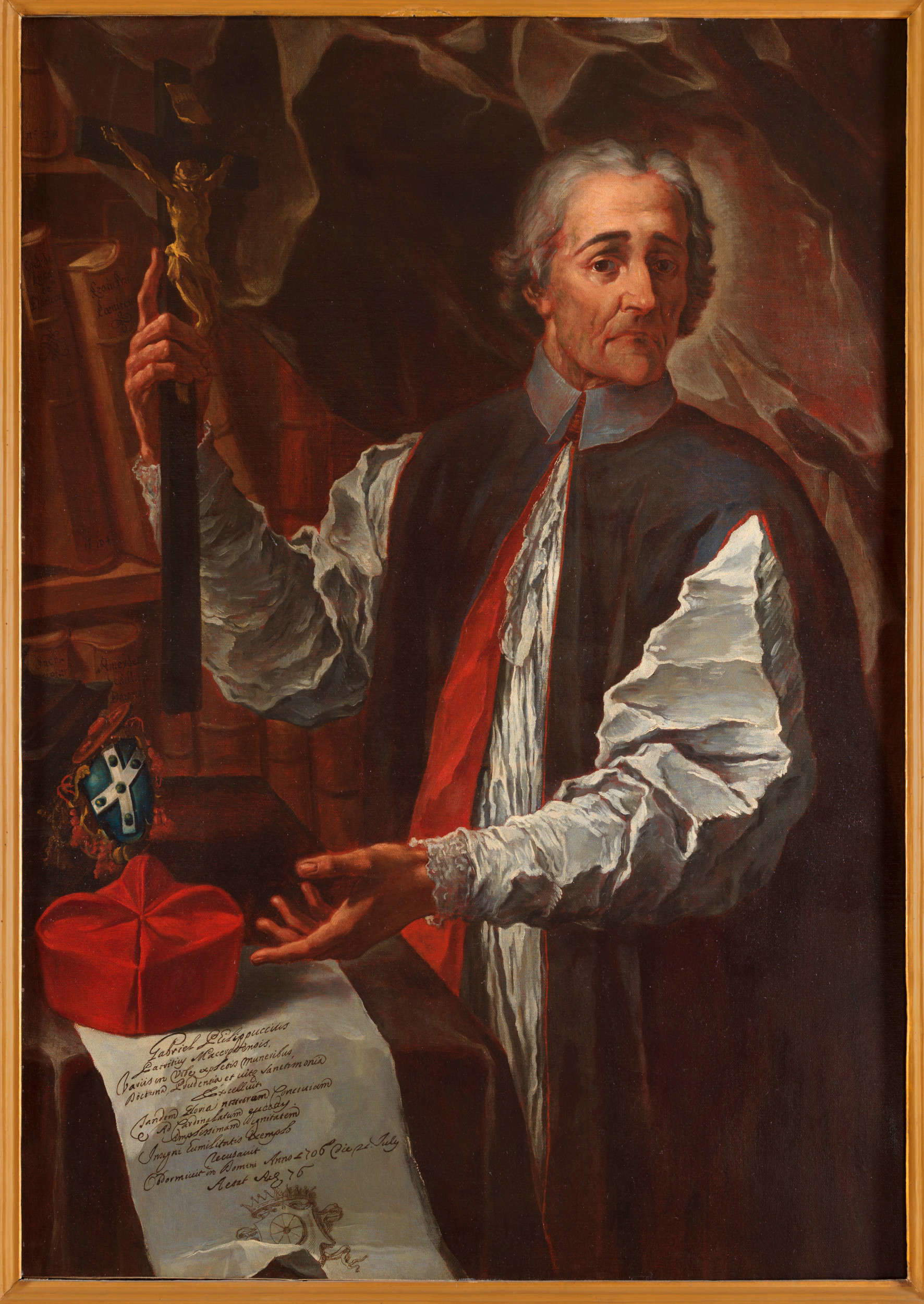
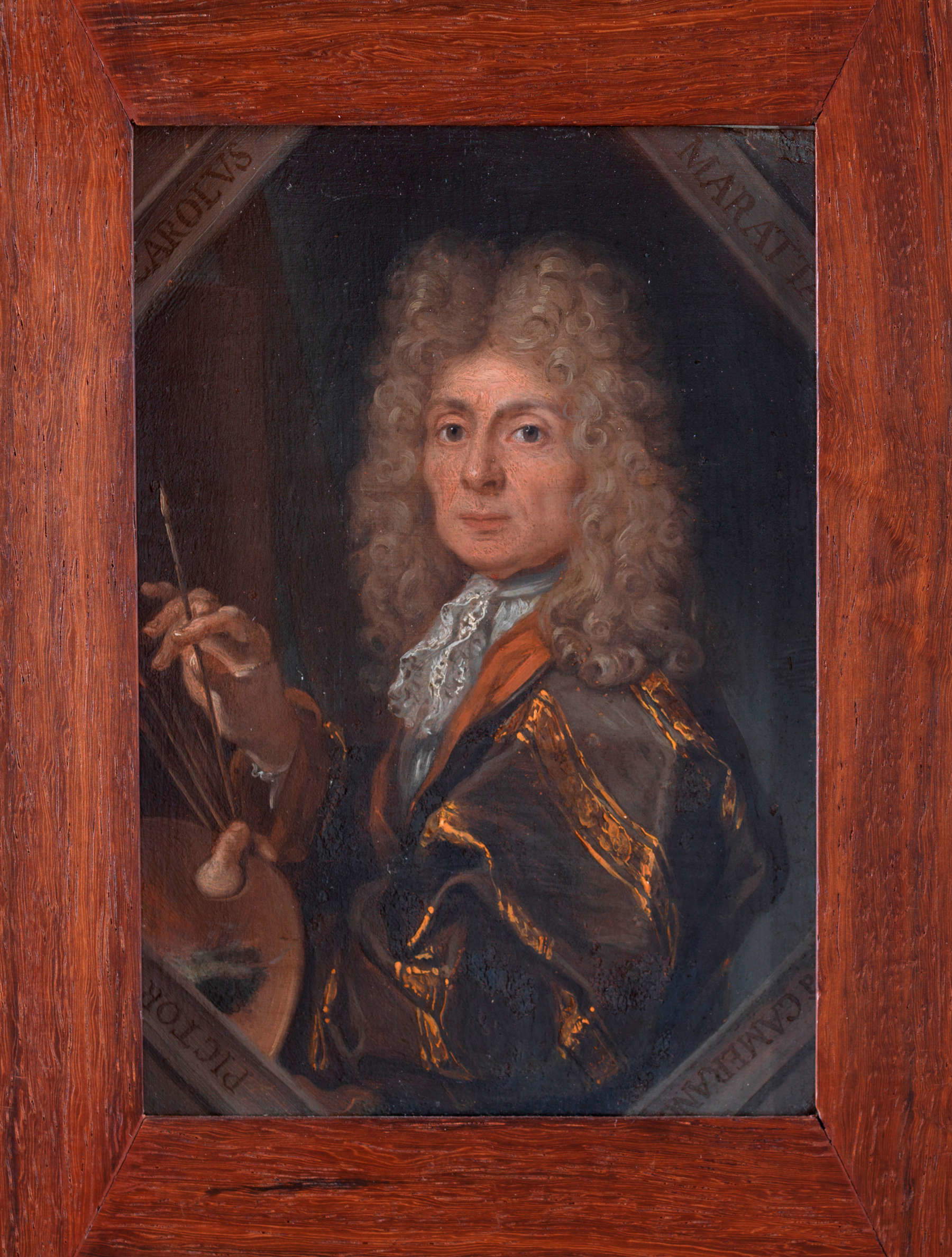
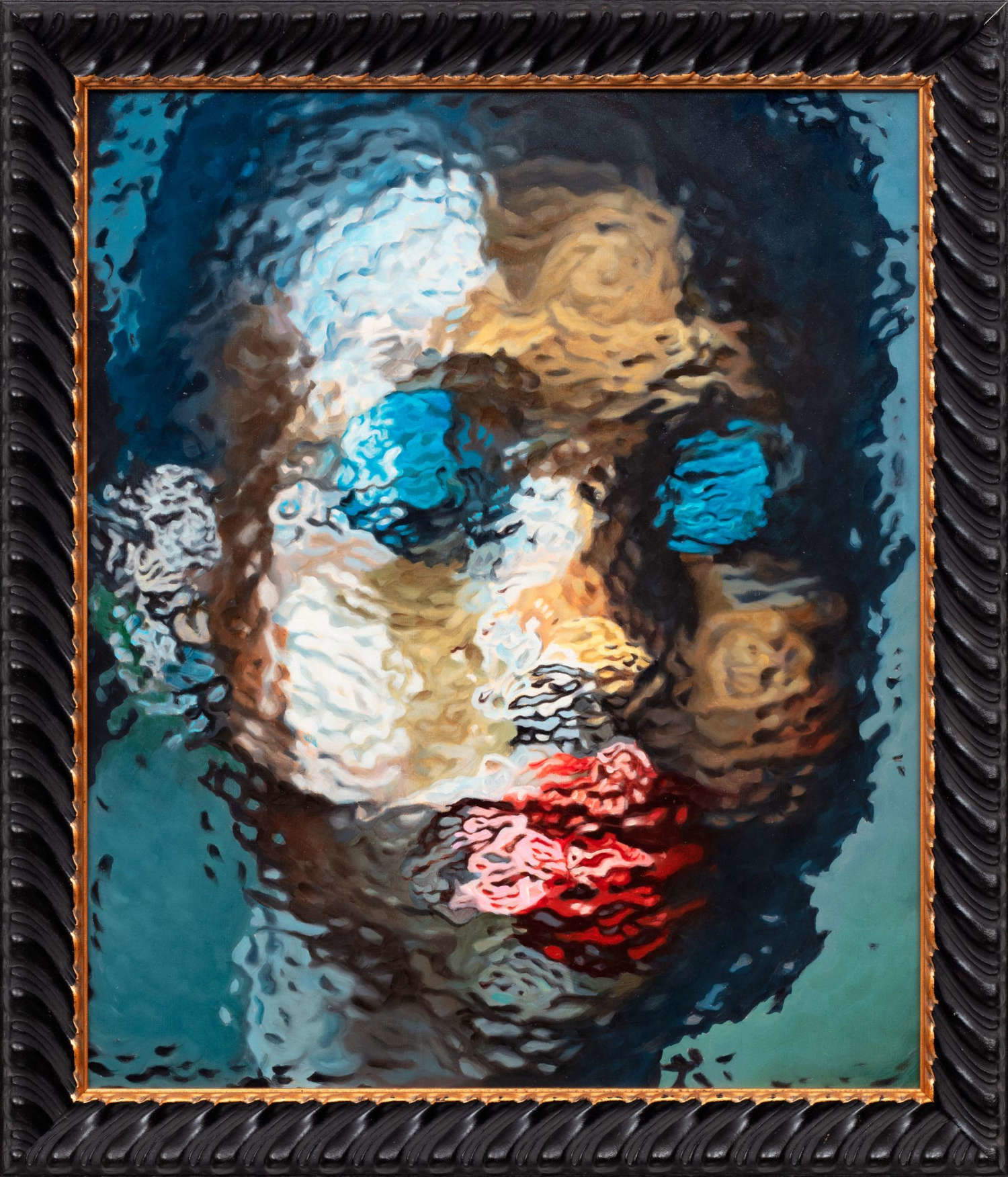
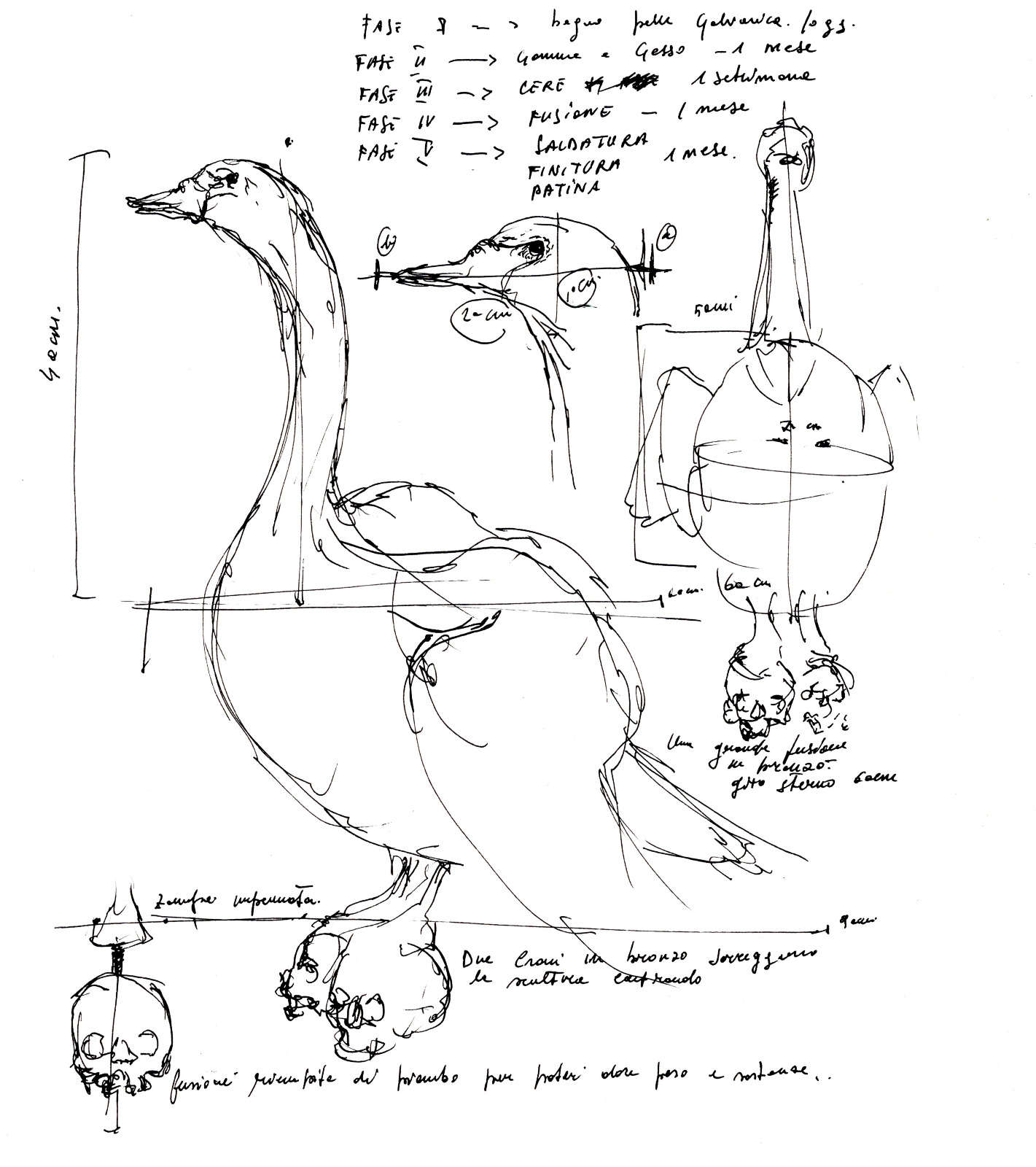
Buonaccorsi Palace
Commissioned by the Buonaccorsi family following the attainment of the city’s patrician status obtained in 1652 and the investiture as count conferred on Simone Buonaccorsi in 1701 by Pope Clement XI, Palazzo Buonaccorsi today houses the Museo della Carrozza, the Pinacoteca Civica and Galleria dell’Eneide, and the Collezione del Novecento. With Vis-à-vis, the Museums intend to propose an exhibition that renews the traditional exhibition mode, while at the same time offering the opportunity both to make its heritage known outside the Marche region and to bring to the Marche region the contemporary gaze of collectors, institutions, artists, and the national and international press.
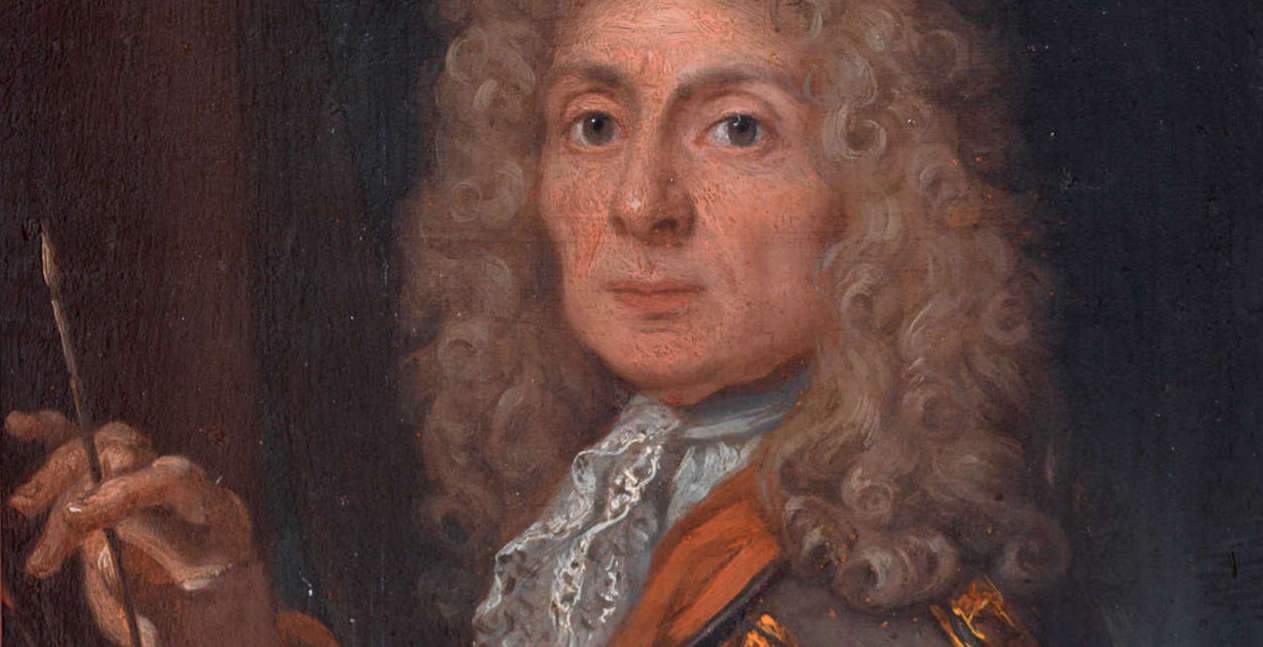 |
| An exhibition in Macerata compares portraits from the 1700s and contemporary portraits. |
Warning: the translation into English of the original Italian article was created using automatic tools. We undertake to review all articles, but we do not guarantee the total absence of inaccuracies in the translation due to the program. You can find the original by clicking on the ITA button. If you find any mistake,please contact us.



























